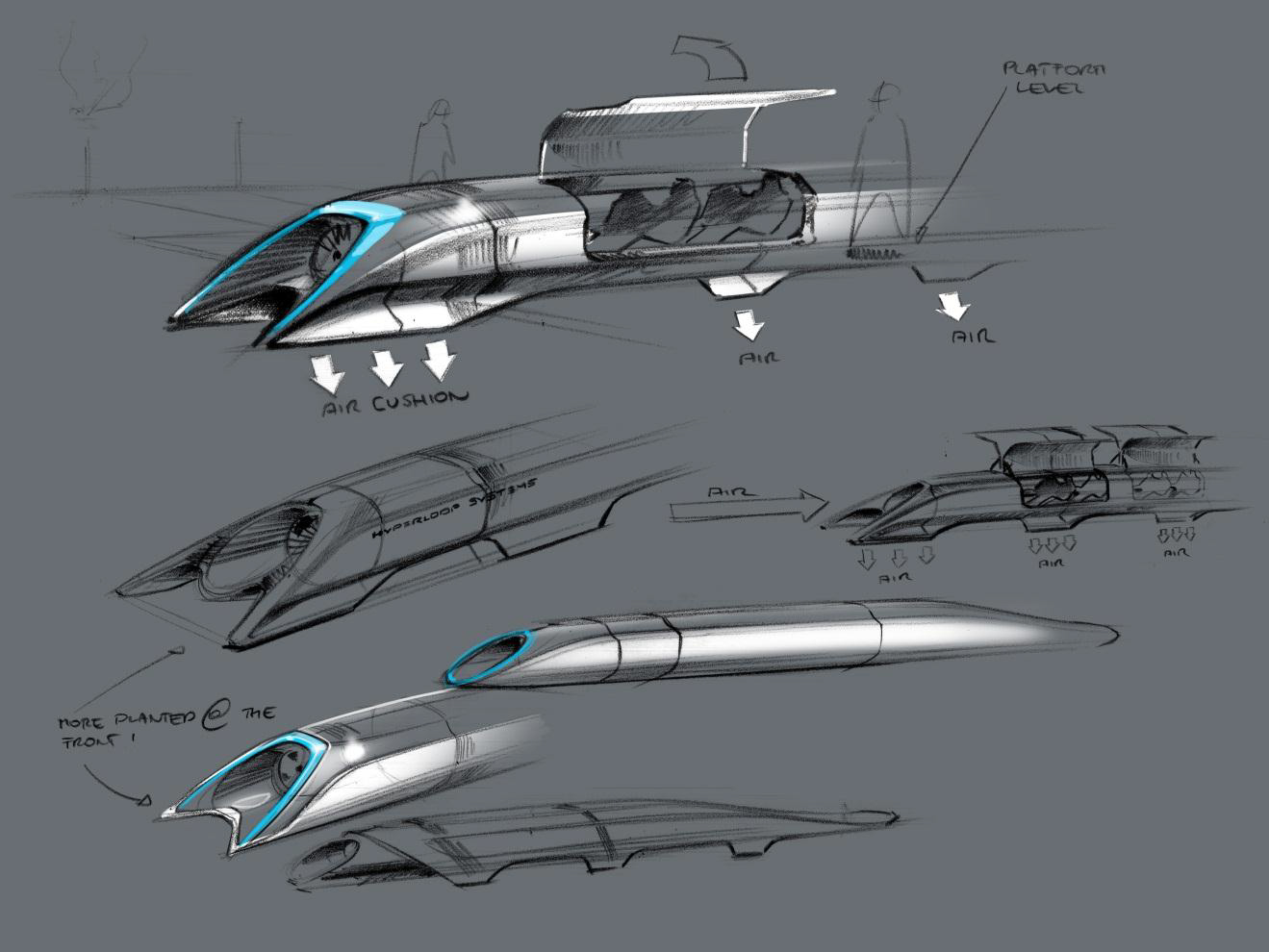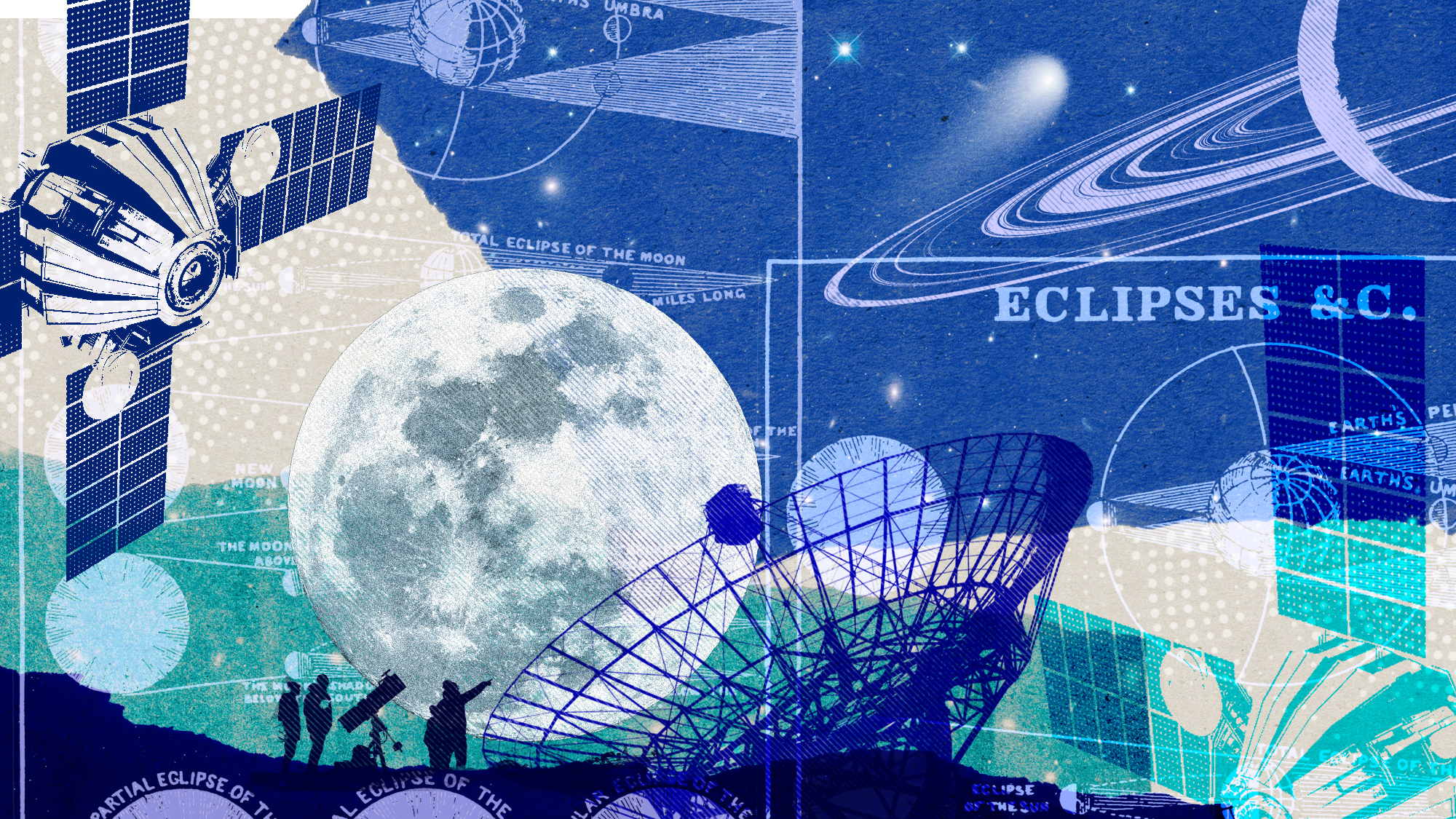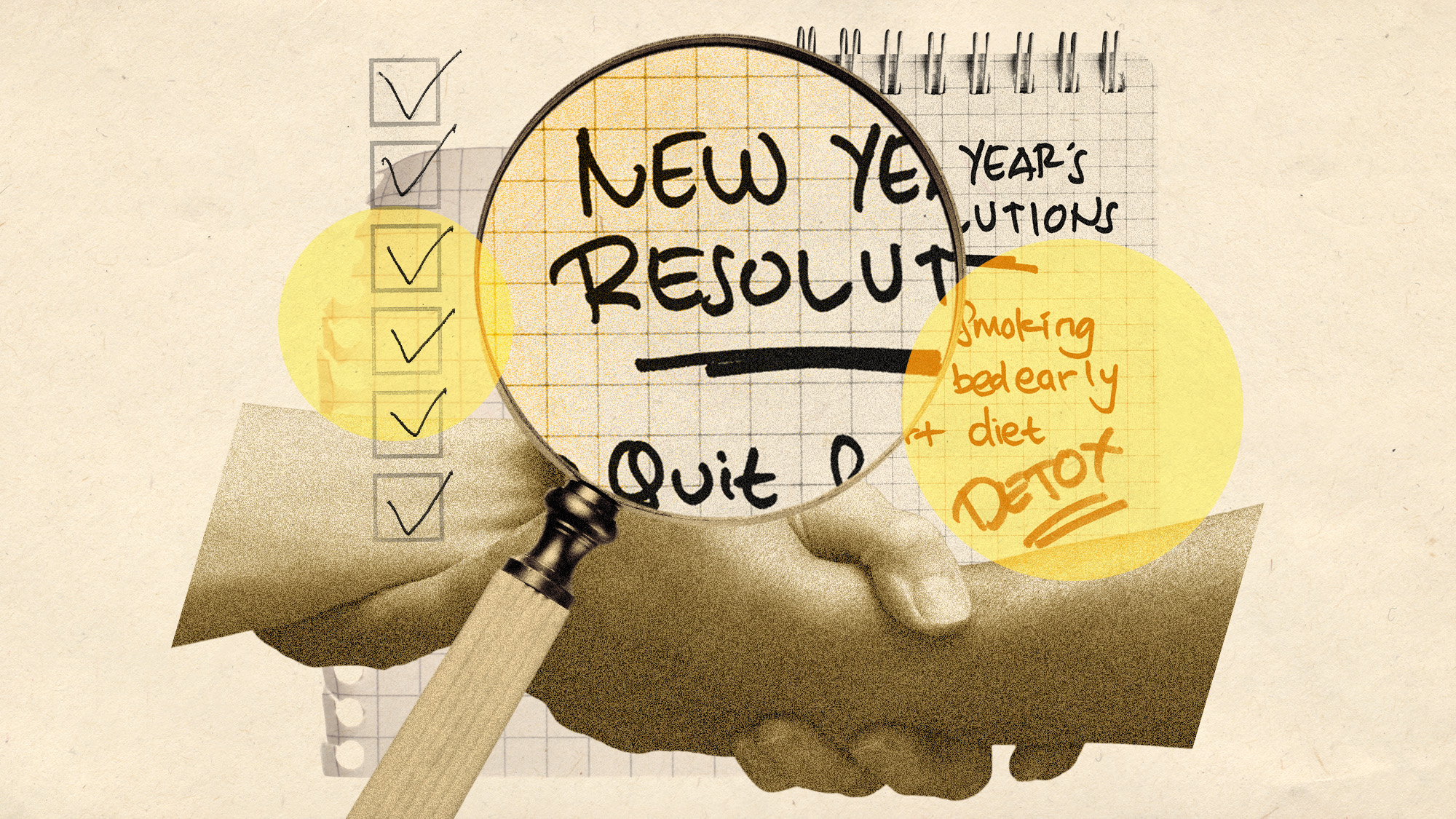How Elon Musk's hyperloop dream is moving from sci-fi fantasy to reality
Traveling from L.A. to San Francisco in a half hour? It might really happen.

When inventor-entrepreneur Elon Musk hatched his idea for a new type of high-speed travel in which passenger pods hurtle through tubes at the speed of sound, it sounded straight out of the pages of science fiction.
But a little more than three years later, there's nothing fictional about it. Two companies are in a fierce race to develop the technology for what Musk, the CEO of Tesla Motors and SpaceX, termed the "fifth mode" of transportation: the hyperloop. And one of them, Hyperloop Transportation Technologies, recently reached an agreement with Slovakia to explore building the first hyperloop system there; one possible route could connect the capital, Bratislava, with Vienna and Budapest.
Musk also has kept an encouraging hand in the development process. He's hosting a global competition through SpaceX to design a prototype passenger pod. "I'm starting to think this is really going to happen… It's clear the public and the world wants something new," Musk said at the competition's design weekend at Texas A&M University in January.
The Week
Escape your echo chamber. Get the facts behind the news, plus analysis from multiple perspectives.

Sign up for The Week's Free Newsletters
From our morning news briefing to a weekly Good News Newsletter, get the best of The Week delivered directly to your inbox.
From our morning news briefing to a weekly Good News Newsletter, get the best of The Week delivered directly to your inbox.
A frequent traveler between San Francisco and Los Angeles, Musk's futuristic transit vision was inspired after a particularly frustrating experience with L.A. traffic. His dream: to compress the commute between Los Angeles and San Francisco from six hours to a cool 35 minutes. "Short of figuring out real teleportation, which would of course be awesome (someone please do this), the only option for super fast travel is to build a tube over or under the ground that contains a special environment," Musk wrote in a white paper posted on the SpaceX website in August 2013.
The special environment would be a low-pressure system in which passenger pods — buoyed on a cushion of air, similar to air hockey — travel through tubes at supersonic speeds. Or as Damon Lavrinc described the premise in Wired, "Load yourself into an enormous shotgun shell and shoot yourself 400 miles across the state at 800 mph." As Musk saw it, each pod could hold more than a dozen people, and the entire system would be solar-powered and elevated, to minimize environmental impact.
Too busy to tackle development himself, Musk invited others to pick up the baton and make the system a reality. Along with Hyperloop Transportation Technologies, Hyperloop Technologies (yes, the companies' names are that similar) got in the game. Both have diverged from Musk's conception in at least one key way. Rather than using air to levitate the pods, they are leaning toward magnetic levitation, which would lift the pods using powerful electromagnets — electrically charged coils that create strong magnetic fields.
The companies themselves are built on very different models. Hyperloop Transportation Technologies includes more than 450 people worldwide, many of them engineers, who initially banded together on a crowdsourcing website; the employees largely funded the company, have day jobs at places like Boeing and NASA, and work part-time in exchange for stock options. Hyperloop Transportation Technologies plans to build a five-mile test track in Quay Valley, California, this year, in addition to its prospecting for a full system in Slovakia. CEO Dirk Ahlborn expects the latter to cost between $200 million and $300 million, and to be completed by 2020.
A free daily email with the biggest news stories of the day – and the best features from TheWeek.com
Hyperloop Technologies is more of a classic tech startup, "with $37 million in venture funds, an industrial-chic office, and 72 employees." CEO Rob Lloyd has also latched onto 2020 — he wants to have three working hyperloops in place by then — though he hasn't specified potential sites. His company is, however, building a nearly two-mile test track outside of Las Vegas. He plans a full-scale demo there by the end of the year, calling it "our Kittyhawk moment," according to National Geographic. "When people visit us here, they say: Oh my gosh, it's happening."
While Musk has no commercial connection to either Hyperloop Technologies or Hyperloop Transportation Technologies, he's eager to accelerate the development of the hyperloop — thus, the SpaceX contest, launched last summer, to design a functioning, half-scale passenger pod.
More than 1,000 students, representing more than 120 teams from 21 countries, presented designs in Texas in January. The group was whittled to 22 teams that will create prototypes and test their stuff this summer on a one-mile test track near SpaceX's headquarters in Hawthorne, California. All will aim to hit 240 mph, per the competition's requirements.
MIT won first place for best overall design, with its concept for a 550-pound pod made of aluminum, carbon fiber, and polycarbonate. It employs a magnetic levitation system but switches to wheels for the slower speeds required to exit and enter a station; its hydraulic braking system could arrest movement at up to 2.5 G's. In a twist, the team did not include space for people or even cargo; their priorities were safety, feasibility, and scalability.
"To build a pod in one semester, you have to keep things as simple as possible, wherever possible," team leader Philippe Kirschen told Wired. "We're gonna make a pod that is gonna go really fast, that is gonna levitate, that can have good attitude control, and that can brake well."
Alexis Boncy is special projects editor for The Week and TheWeek.com. Previously she was the managing editor for the alumni magazine Columbia College Today. She has an M.F.A. from Columbia University's School of the Arts and a B.A. from the University of Virginia.
-
 Will the mystery of MH370 be solved?
Will the mystery of MH370 be solved?Today’s Big Question New search with underwater drones could finally locate wreckage of doomed airliner
-
 The biggest astronomy stories of 2025
The biggest astronomy stories of 2025In the spotlight From moons, to comets, to pop stars in orbit
-
 Why are micro-resolutions more likely to stick?
Why are micro-resolutions more likely to stick?In the Spotlight These smaller, achievable goals could be the key to building lasting habits